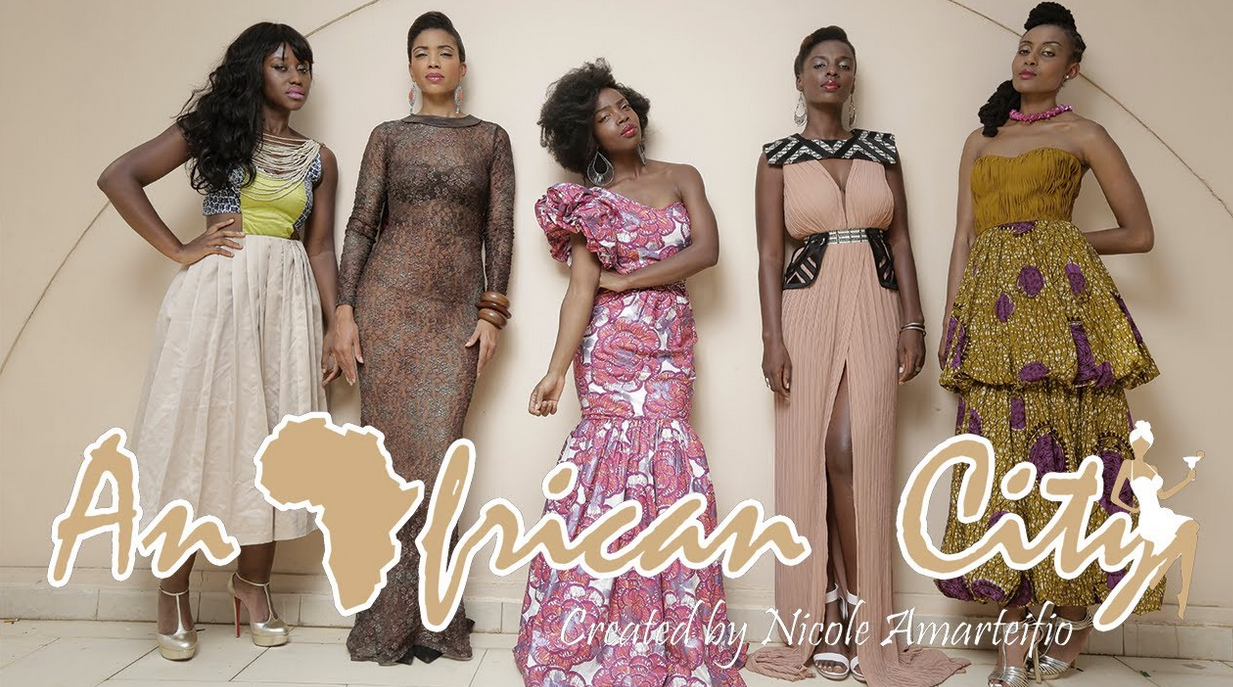
When it comes to the collective hand-wringing of who wore what at the White House, the second lady often takes a well-worn backseat to the first. Not so on Tuesday.
At last night’s White House dinner in honor of the U.S.-Africa Leaders summit, Jill Biden, the wife of Vice President Joe Biden, wowed in a turquoise wax print dress custom-designed in Congo. The choice–bold, colorful, diplomatic–was, of course, intentional.
“For me, the fabric and style of this dress embodies the beauty and strength of the women I met throughout my visit to Africa last month,” Jill Biden said.
In July, she took a week-long trip to Africa with stops in Zambia, Congo, and Sierra Leone, highlighting female empowerment, education and economic development. In Congo, Biden met sewing shop owner Madame Monique Gieskes, 53, a group director for Vlisco, the wildly popular Dutch wax print fabric brand coveted by women throughout Africa.
Gieskes trains women, many of whom have been the victims of gender-based violence, to become tailors and eventually run fashion-based businesses of their own. After meeting Gieskes, Biden decided what she would wear to the White House dinner.
Later that evening Biden took a tour of the Vlisco flagship store that Gieskes runs.

“The first thing I noted was how amazed she was with the different colors we had. It was like fireworks, so many colors,” said Gieskes in a phone interview from her shop in Kinshasa, the capital Congo.
She eventually steered Biden toward a “turquoise blue that would fit her complexion.”
With the biggest decision made, the shop then took Biden’s measurements and the dress was ready at 10 a.m the next morning to make the 6,500-mile trip back to Washington.
“It can take three to four days usually, but we knew she was leaving the next day,” explained Gieskes, adding that a seamstress volunteered to work through the night.
The dress, added Gieskes, sent a powerful message to the “underprivileged and talented” women she works with.
“A woman anywhere in the world, you see–no matter the continent, no matter the color–what she chooses to wear is supporting what another woman is doing in her country,” said Gieskes.
Source: http://www.washingtonpost.com/

